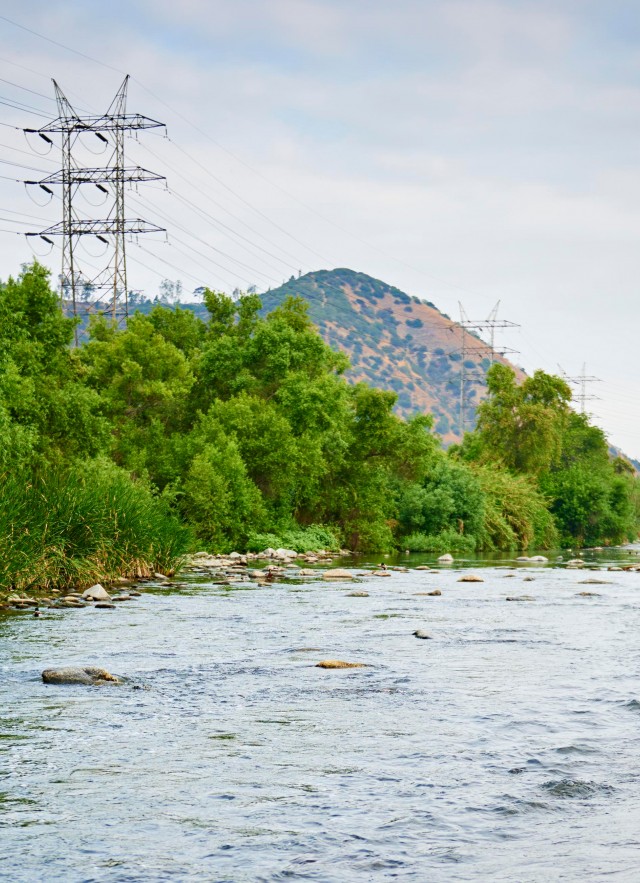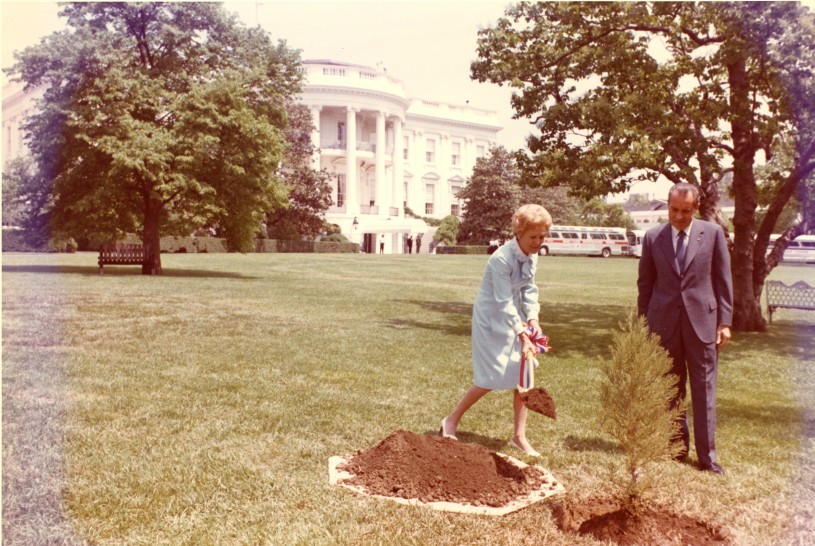Remembering the First Earth Day
“It was just a real beginning of the environmental movement.”

Published on April 17, 2020
2020 marked Earth Day's 50th birthday, and among the more than 10,000 primary and secondary schools in the U.S. making history that day was our own Kim Walters, now Collections Manager at the Seaver Center. “We had no internet, Wi-Fi, or games—we walked.”

Walters was a sophomore at a regional high school in northwestern Connecticut at the time. She’d read the seminal environmental science book, Silent Spring, in eighth grade, but it was a young social studies teacher working in the environmental movement who got her class involved. “He took us,” to the march, Walters recalls, “even though it was the middle of the week, we all got on buses. It took between an hour to an hour and a half to ride the bus to Hartford, where they were having a big march, and we marched. I think we probably sang songs and we ended up in Colt Park in Hartford.”

It connected millions of Americans and people around the world in defense of our environment, preceding sweeping environmental laws in the United States. The inaugural Earth Day retains the title of largest single day protest of all time, with over 20 million people mobilizing in support of our planet. “It was just a real beginning of the environmental movement,” Walters said.